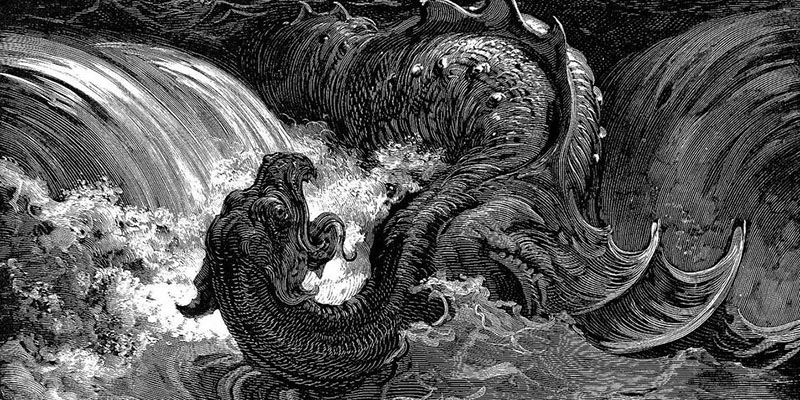Frank Lloyd Wright’s rural urban ideal from Art and Craft Of The Machine (1901) to The Living City (1958)
Downloads
DOI:
https://doi.org/10.7480/rius.3.834Abstract
There still exists in the collective global imagination a ghostly ‘image of progress’ framed by a nature-dominating narrative that distorts reality. As living standards rise worldwide, the demand for natural resources is accelerating in a familiar pattern: cities eat the rural, and the rural eats the wilderness. Ecology, society and economy are not the either/or variables they are often portrayed as being: there is no society without ecology, and no economy without society, each is embedded in context. As globalised societies become increasingly urban, the notion that cities ought to become self-sufficient has been widely popularised in both the architectural profession and in academia, legitimated through the use of the term autopoiesis (Greek αυ’τo ‘self’ and ποίησις ‘creation’), borrowed from the field of chronobiology. The opposite of autopoiesis, a closed process in which context might be an afterthought, is allopoiesis, the process whereby an organisationally open system produces something other than itself. Reality is many-layered and emphatically simultaneous, and while designers are busy fine-tuning daydreams of ‘self-sufficient cities’, regions and ecological systems now supporting real cities are being fragmented and erased in vast swaths, often taking once thriving cities along with them, further accelerating centralised urbanisation. Frank Lloyd Wright’s The Living City is a conceptual rural urban model for decentralised development that attempts, through its evolution in several iterations (from 1901 till 1958) to provide a humane alternative to centralised commercial urbanism. Wright’s life (1867-1959) and work spanned from the Victorian age to the space age, and The Living City is arguably his most ambitious attempt to ‘bridge the gap’. In arguing for contextual, open-ended planning methods it provides a suitable polar counterpoint to contemporary notions of cities as self-sufficient. As a precedent stimulating awareness of the fundamental need for the ‘humane proportion’ of industry and agronomy, it is of urgent relevance today.
How to Cite
Published
Issue
Section
License
Copyright (c) 2015 Matthew Skjonsberg

This work is licensed under a Creative Commons Attribution 4.0 International License.
References
The Berlage (2010). The Berlage. Retrieved from: http://www.theberlage.nl/events/details/2010_03_23_genius_loci_and_the_zeitgeist_two_ideologies
Chicago river (2013) Chicago river flow. Retrieved from: http://chicagoist.com/2013/04/18/chicago_river_flow_re-reversed_to_a.php
Cicero, M.T. (2008) The Nature of the Gods (c.45 BC). New York, Oxford University Press, p.102
Fishman, R. (1982) Urban Utopias in the Twentieth Century: Ebenezer Howard, Frank Lloyd Wright, Le Corbusier. Cambridge, MIT Press
Hobbes, T. (1977) LEVIATHAN or The Matter, Form, and Power of a Commonwealth Ecclesiastical and Civil, c.1651. Indianapolis, Liberal Arts Press
Hugo, V., Notre-Dame de Paris, 1831
Johnson, M.A. (2004) ‘Hull House’, in: J.R. Grossman et al. (eds.) The Encyclopedia of Chicago. Chicago, Chicago Historical Society
Koolhaas, R. (1998) ‘Bigness’, in: R. Koolhaas, S,M,L,XL. New York, Monacelli Press
March, L. (1983) ‘An Architect in Search of Democracy: Broadacre City (1970)’, in: H.A. Brooks (ed.) Writings on Wright. Cambridge, MIT press
Marot, S. (2003) Sub-Urbanism and the Art of Memory. London, AA Press
Nelson, A.C. (1995) The Planning of Exurban America: Lessons from Frank Lloyd Wright’s Broadacre City, Journal of Architectural and Planning Research 12 (4) (winter, 1995)
Reed, C. (2006) ‘Public Works Practice’, in: C. Waldheim (ed.) The Landscape Urbanism Reader. Cambridge, MIT press, p 281
Regional Plan Association. Retrieved from: http://en.wikipedia.org/wiki/Regional_Plan_Association
Rybczynski, W. (1996) ‘City Life’. New York, Scribner, p 229
Sargent, J. (1992) Frank Lloyd Wright’s Usonian Houses. New York, Knoll, p 23
Viollet le Duc, E. (1868) Dictionnaire raisonné de l'architecture française du XIe au XVIe siècle.
Waldheim, C. (2010) ‘Notes Towards a History of Agrarian Urbanism’, in: M. White & M. Przybylski (eds.) Bracket: On Farming. Barcelona, Actar, p 18-23
Wright, F.L. (1901) ‘The Art and Craft of the Machine’. An address by Frank Lloyd Wright to the Chicago Arts and Crafts Society, at Hull House, March 6, and to the Western Society of Engineers, March 20, 1901
Wright, F.L. (1932) The Disappearing City. New York, William Farquhar Payson
Wright, F.L. (1945) When Democracy Builds. New York, Horizon Press
Wright, F.L. (1958) The Living City. New York, Horizon Press




